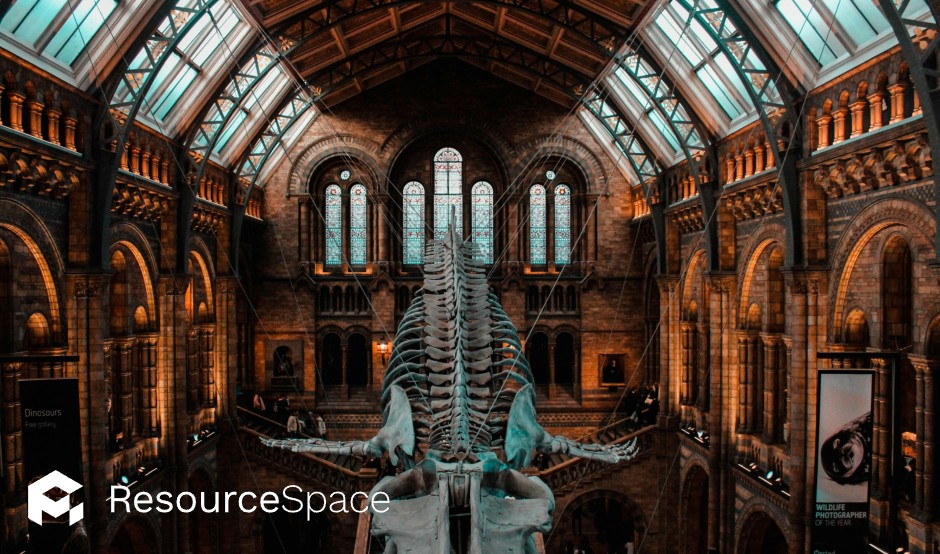
ResourceSpace has changed the way the DEC uses content, making it much easier for us to quickly make assets available both internally and externally during our emergency appeals.
Blog
13th March 2024

If you work in the museum and heritage sector you’ll be very familiar with the terms ‘curation’ and ‘preservation’.
A museum curator is responsible for artefacts and they develop collections by acquiring, cataloguing, restoring, preserving and promoting these objects to the world. Preservation refers to keeping these valuable works protected, and involves a number of techniques and best practices depending on the type of artefact being preserved.
But what do these terms mean when applied to digital artefacts and records?
READ MORE: Case Study: ResourceSpace + The Ashmolean Museum
Just like with traditional curation, digital curation is the process of collecting, organising and maintaining assets, but rather than manuscripts, Roman coins or ancient pottery, a digital curator manages digital assets like images, videos, audio files and documents.
Digital curation involves managing these digital records, ensuring they’re easily accessible for relevant team members and third party stakeholders.
There are two primary benefits of a digital curation strategy:
If traditional preservation is the act of maintaining the physical integrity of artefacts, digital preservation is the long term management and maintenance of digital assets. Digital preservation is an essential activity within the digital curation lifecycle, and is defined in the Digital Preservation Handbook as:
“... [T]he series of managed activities necessary to ensure continued access to digital materials for as long as necessary ...(digital preservation) refers to all of the actions required to maintain access to digital materials beyond the limits of media failure or technological and organisational change.”
Although not as vulnerable as physical assets, there are still a number of potential risks to the integrity of digital content:
A comprehensive digital preservation strategy—in itself a part of the digital curation strategy—is essential for mitigating these risks and ensuring that digital assets can be utilised for the long term.
For a digital curation strategy to be effective, it requires a single source of truth for all of those digital assets, and a Digital Asset Management system is just that.
READ MORE: 9 things museum Digital Asset Management software needs to include
A DAM acts as a central repository, storing all digital assets in one place, from high-resolution images through to multimedia files and related documents. A DAM will also manage:
ResourceSpace is trusted by museum and heritage institutions all over the world to support with their digital curation and preservation efforts, including The Ashmolean Museum, The History of Science Museum, and the Chicago Museum of Science and Industry.
To find out more why we’re the DAM of choice for this sector, why not book your free, 30-minute demo below? We’ll show you all of the key features for museum and heritage institutions, as well as answer any question you might have.
#DigitalCuration
#DigitalPreservation
#MuseumCuration
#HeritageSector
#BestPractice
#ResourceSpaceTips
#CulturalHeritage
#DigitalRecords
#MuseumCollections
#DigitalArtifacts
#DigitalCollections